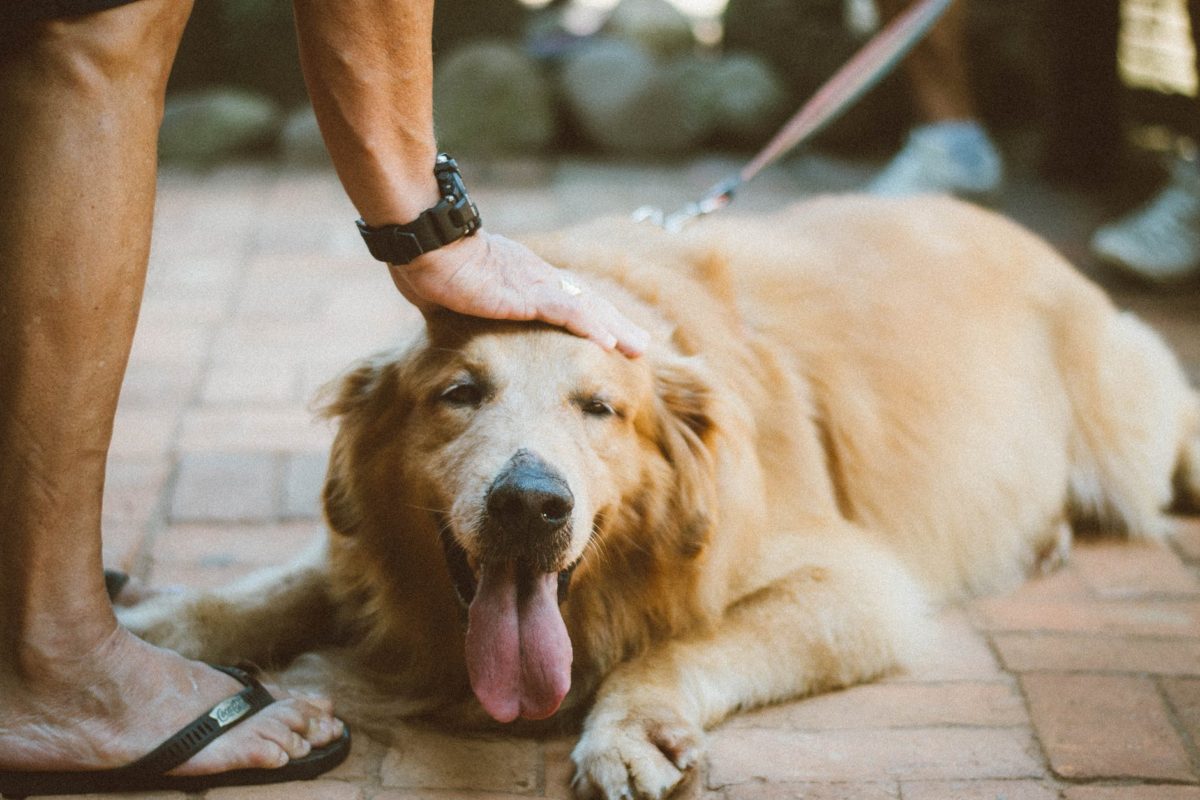Everything, Cats, Dogs, Health care
Protecting Your Pet from Summer Heat
He’s panting excessively. He’s restless and agitated, or maybe lethargic. He salivates, vomits, staggers, and loses coordination. If you’re there to see it, you may observe that his eyes are glazed, and his gums and tongue are reddish or purple. In just a short time, he may lose consciousness.
Heat exhaustion and heat stroke are preventable when you know how to take care of animals in hot weather. If you see these symptoms, you need to act fast to save the animal’s life.
Pets and the outdoors
Animals that are always or sometimes outdoors need shade and plenty of fresh water. Avoid too much exercise during the hotter times of day. You may want to get the animal wet before exercising him to help him stay cooler.
Like people, animals can get sunburned. Sunscreen on the tip of the nose and the ears, especially if the skin is light-colored, can help prevent skin cancer. Your veterinarian can recommend a brand of sunscreen that isn’t toxic to animals.
If you’re taking your dog for a walk, remember how hot sun-baked paved surfaces are for bare feet.
On longer outings, bring a water bowl so that you can give your dog water during the day. Or, consider leaving your dog at home. Amusement parks and outdoor events for people aren’t designed for dogs, and stress elevates body temperature — the last thing a dog needs on a hot day. Older and overweight animals are less able to dissipate heat build-up, as are short-faced dog breeds (pugs and bulldogs, for example) and those with heart problems.
Pets and cars
If you won’t be able to take your pets with you when you leave the car, leave them at home in hot weather. The length of time even when you have just short errands can be too long in a car. On a hot day, the temperature in a parked car can reach dangerous levels in just a few minutes — even with a slightly open window. A San Francisco State University study showed an average temperature rise of 19 degrees in the first 10 minutes in an enclosed vehicle. According to the Animal Protection Institute, “Dogs can withstand a body temperature of 107 to 108 degrees for only a very short period of time before suffering brain damage — or even death.”
Cars pose summer risks even when dogs aren’t in them. Overheated cars can leak antifreeze, and the puddles those leaks produce are inviting to thirsty animals. Don’t let your dog drink from puddles that may have come from cars.
Pets and the indoors
For caged pets, make sure that the sun doesn’t shine directly on the cage at some point during the day.
Food spoils faster in hot weather, so be sure to refrigerate any uneaten fresh or canned food between meals.
Indoor/outdoor cats could find themselves locked in a hot enclosed area or on a balcony without shade if their caretakers aren’t careful. Being heat-seeking creatures, sometimes they don’t recognize when they’ve had too much of a good thing. You may want to keep them indoors during the hotter part of the day if their preference is to lie in the sun.
First aid for pets with heat exhaustion and heat stroke
Heat exhaustion is the result of body heat produced faster than it’s dissipated combined with dehydration. It can progress to heat stroke, which is a medical emergency. Heat stroke can also develop suddenly.
With both conditions, the body temperature must be brought down to normal quickly. Use what’s available — soak the animal with a hose or a wet towel, make sure the water reaches the skin, and get the chest, stomach, armpit, and groin areas thoroughly wet. Give the animal a cool place to lie and ice cubes to lick, but don’t give him cold water to drink, which will cause an upset stomach at this stage. Gently move his legs and massage his skin to increase blood circulation.
Heat stroke can be fatal. As soon as the animal has started cooling down, take him to a veterinarian. The body organs are still at risk, and a veterinarian can monitor the animal’s vital signs and provide oxygen, intravenous fluids, and other treatment forms if necessary.
How to help
The Animal Protection Institute has “Don’t Leave Me in Here — It’s Hot!” flyers, which you can print and distribute. Keep them in your car and put them on the windshields of cars with animals in them on warm or hot days. This simple action can help spread awareness about the dangers of hot cars and save animals’ lives.
If you see an animal in distress in a hot vehicle, call the police or local animal control, get the dog out of the car as soon as possible, use whatever first aid techniques you can, and try to get the animal to a veterinary clinic.
Pet care in the summer
Body care
- Brush the animal regularly.
- Hair helps keep the animal cool in the summer as well as warm in the winter, so don’t have the animal trimmed to help him stay cool — you’d be taking away one of his mechanisms to reduce heat build-up.
- If you bathe your pet regularly, use natural shampoo products to avoid irritating the skin.
- Always keep water available. Ice cubes in the water help the water stay cold.
- Be sure that your pet always has access to a cool place.
- Never leave a pet unattended in a car on a hot day, even for only a few minutes.
- Avoid too much exercise and activity on hot days.
- Know the signs of heat exhaustion and heat stroke, and act immediately if you see them.


